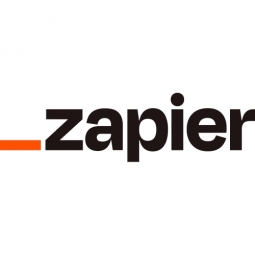Automating eCommerce Operations: FuseChicken's Journey to Saving 40 Hours Weekly
- Other - Battery
- Sensors - GPS
- Finance & Insurance
- Telecommunications
- Procurement
- Sales & Marketing
- Leasing Finance Automation
- Port Automation
- System Integration
FuseChicken, a smartphone accessory company, experienced rapid growth after a successful product launch. However, the company faced challenges in managing its operations due to the use of multiple different systems. The company's founder, Jon Fawcett, and his team were responsible for the entire process, from designing the cables to manufacturing and selling them online. The rapid growth of the company quickly outpaced many of these systems, leading to inefficiencies and errors. The company needed a platform that would consolidate all its systems, reduce errors and manual work, save time, and increase productivity. Specifically, FuseChicken needed to eliminate the need for recreating information and invoices in secondary systems.
FuseChicken is a smartphone accessory company that was created in 2012 by Jon Fawcett. The company launched a Kickstarter campaign in the same year to create a more durable charging cable, the Une Bobine, that could withstand the rigors of day-to-day use and have the strength to hold up a smartphone. The campaign was a success, raising over $210,000 against a target of $9,800. This led to immense growth for FuseChicken in its first few years. The company handles the entire process of its operations, from designing the cables to manufacturing and selling them online.
Jon found a solution in Airtable, a spreadsheet and database application. He built an entire sales operations system using Airtable, which now runs everything in the company except for accounting. To further streamline operations, Jon discovered Zapier, an app automation tool. This tool allowed him to connect Airtable to FuseChicken's preferred accounting software, Zoho. Jon built several Zaps, or bridges between two or more apps, to allow his different systems to communicate seamlessly. A multi-step Zap was created for the sales process. When a record in Airtable is moved to a specific view, Zapier triggers several different actions. It splits order information within Airtable into separate pieces, uses these pieces to build the invoice in Zoho automatically, and then sends a message to a channel in Slack, notifying Jon and his team. This automation has resulted in a more efficient, error-free sales process.
Related Case Studies.











